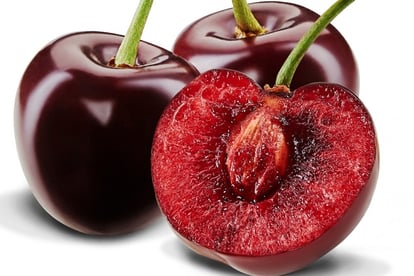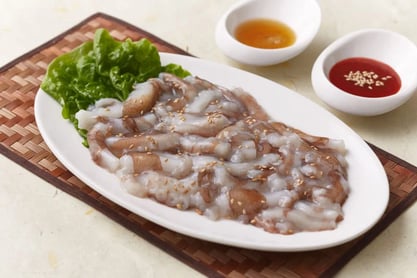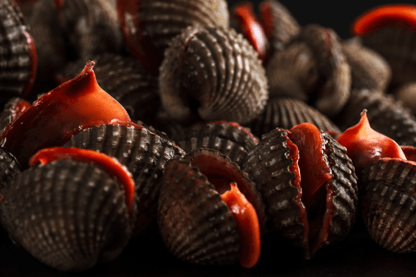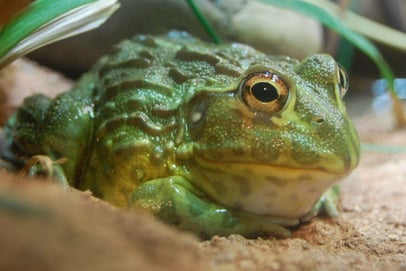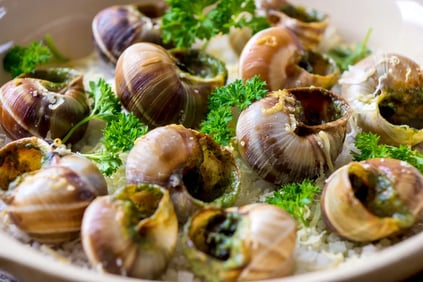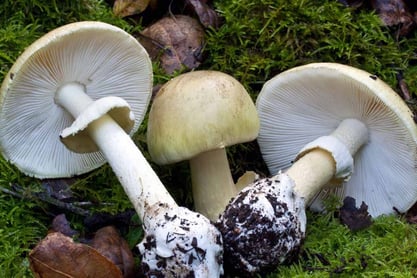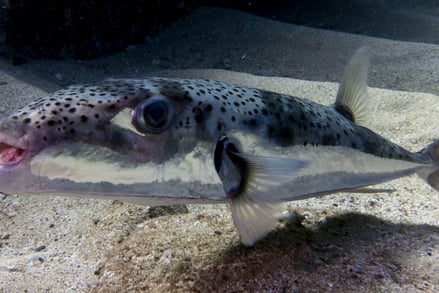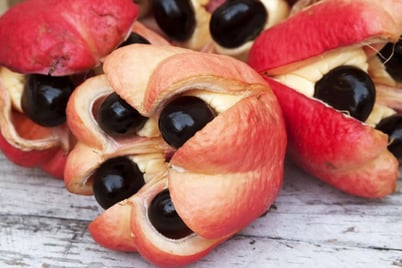Deadly Delicacies: 10 Foods That Could Kill You If Cooked Incorrectly
Discover 10 dangerous foods from around the world that can be fatal if prepared wrong. From fugu to ackee, these deadly delicacies are as risky as they are exotic.
FOOD CHRONICLES
Deepita
5/4/20254 min read
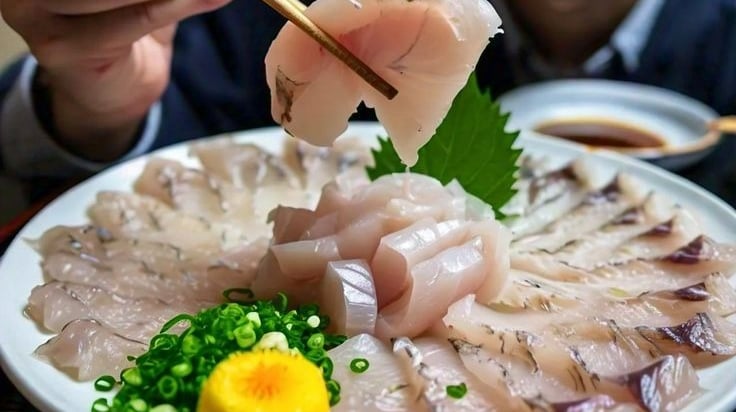

"One man's feast is another man's fatality."
Across the globe, culinary cultures have pushed boundaries, mixing bold flavors with bold risks. From exotic seafood to vibrant fruits, some of the world’s most prized dishes come with a deadly catch—prepare them wrong, and you might not live to regret it.
Here’s a tour through the most dangerous delicacies on the planet—meals that demand both culinary mastery and a serious sense of adventure.
1. Fugu (Pufferfish) – Japan
Fugu is one of the most infamous dishes in the world, revered in Japanese cuisine for its unique flavor and deadly potential. The fish’s organs contain tetrodotoxin, a poison 1,200 times more toxic than cyanide, with no known antidote. Only chefs with years of rigorous training and government certification are allowed to prepare it. A single mistake in slicing can turn a luxury dish into a fatal experience.
2. Ackee Fruit – Jamaica
Ackee is Jamaica’s national fruit, but when eaten unripe, it can cause "Jamaican Vomiting Sickness," a potentially lethal condition. The seeds and the unripe fruit contain hypoglycin A and B, toxins that interfere with glucose production in the body. Only the creamy yellow arils from naturally opened fruit are safe to eat. Tourists are often warned never to pick ackee themselves due to its deadly potential.
3. Cherry Pits (and Other Fruit Seeds)
Cherry pits, along with seeds from apples, peaches, and apricots, contain amygdalin, a compound that can turn into cyanide when metabolized. While swallowing a pit whole is typically harmless, crushing or chewing several can release toxic levels of the chemical. Ingesting large quantities can cause dizziness, headache, or even coma and death in extreme cases. It’s a silent risk hiding inside seemingly harmless fruits.
4. Live Octopus (Sannakji) – Korea
Sannakji is a Korean delicacy served with chopped pieces of live octopus that still squirm on the plate. The suction cups on the tentacles can stick to the throat and pose a real choking hazard, even as you chew. Each bite needs to be carefully chewed to ensure the tentacles don’t latch onto your windpipe. Despite the danger, it's considered a thrill-seeking culinary experience by adventurous eaters.
5. Cassava – South America, Africa & Asia
Cassava is a starchy root vegetable that’s a staple food for millions, but it contains naturally occurring cyanide compounds in its raw form. If it’s not soaked, dried, and cooked properly, eating cassava can lead to cyanide poisoning, which causes headaches, nausea, and even death. There have been several documented outbreaks of cassava-related poisoning in developing countries. The risk is highest with the bitter variety, often used in traditional dishes.
6. Blood Clams – China, Southeast Asia
Blood clams are filter feeders and thrive in low-oxygen, muddy waters—perfect conditions for harboring viruses like hepatitis A, typhoid, and dysentery. In some countries, especially China, they are considered a rare and highly-prized treat despite being banned elsewhere. Eating them raw, as many locals prefer, increases the risk of infection dramatically. The flavor is rich and iron-heavy, but it may not be worth the risk.
7. Giant Bullfrog – Namibia
In Namibia, the giant bullfrog is eaten as a delicacy during certain festivals, but consuming it at the wrong stage of its life cycle can be fatal. The frog contains toxins that can cause kidney failure, and young frogs are especially dangerous. Only expert knowledge about the frog’s reproductive stages ensures safe consumption. It's a delicacy locals know to treat with extreme respect.
8. Escargot (Snails) – France & Beyond
While escargot is a gourmet favorite in French cuisine, wild-caught snails can carry rat lungworm parasites, which infect the human brain and spinal cord. These parasites can cause a condition called eosinophilic meningitis, a rare but dangerous disease. Farm-raised snails are purged of harmful substances and cooked thoroughly to ensure safety. So unless you’re certain of the source, skip the backyard variety.
9. Death Cap Mushroom – Europe & North America
The Death Cap mushroom looks deceptively similar to edible varieties but contains amatoxins, which destroy the liver and kidneys within days. Just half a cap is enough to kill an adult, and symptoms often appear too late for effective treatment. Foragers often confuse them with safe species, leading to tragic outcomes. No known antidote makes this mushroom one of the most lethal in the world.
10. Silverstripe Blaasop – Red Sea, Indian Ocean
This lesser-known relative of the pufferfish is found in the Red Sea and is just as dangerous. Like fugu, it contains tetrodotoxin, but unlike Japan’s licensed fugu chefs, it’s often sold by untrained fishers. Several fatal poisonings have been recorded in Egypt and nearby coastal regions. Tourists unfamiliar with the fish are often unaware of the danger until it's too late.
“Would You Dare to Try Any of These Deadly Delicacies?”
Share this article with your foodie friends and let us know in the comments which dish you'd try… or avoid at all costs!
